Otto Malling: Organ Music
Otto Malling (1848-1915) was a central figure in Danish musical life, as composer, conductor, pianist, organist, administrator and teacher. His substantial output of organ music was cast in the form of suites of 'mood pictures' inspired by the Bible. The range of emotions it encompasses is correspondingly wide, from the languidly romantic to the fierily epic, in a language which is at all times dignified and direct.
Sverker Jullander, organ
Listen To This Recording:
-
The Three Kings: Christmas Mood-Pictures for Organ, Op. 84 (1907)
- No. 1 ‘Introduction: Christmas Night’
- No. 2 ‘Where is the King of the Jews?’
- No. 3 ‘The High Priests and the Scribes’
- No. 4 ‘To Bethlehem’
- No. 5 ‘The Adoration’
- No. 6 ‘Herod’
- No. 7 ‘Homeward Bound’
- No. 1 ‘The Annunciation’
- No. 2 ‘Mary visits Elizabeth and praises God’
- No. 3 ‘The Holy Night’
- No. 4 ‘Jesus is presented in the Temple, where Simeon and Anna speak about him’
- No. 5 ‘Mary finds Jesus among the Teachers in the Temple during the Passover Feast’
- No. 6 ‘At the Foot of the Cross’
- Psalm 23: Moderato pastorale
- Psalm 33: Maestoso
The Virgin Mary: Mood-Pictures for Organ, Op. 70 (1897)
Echoes from the Psalms of David, Op. 89 (1910)
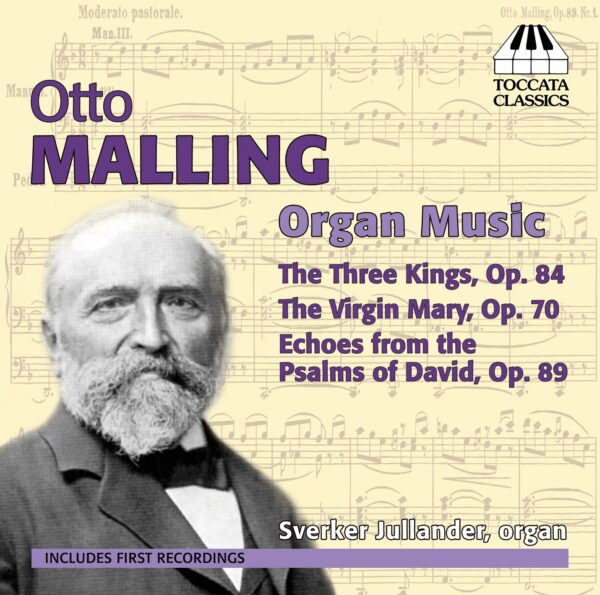
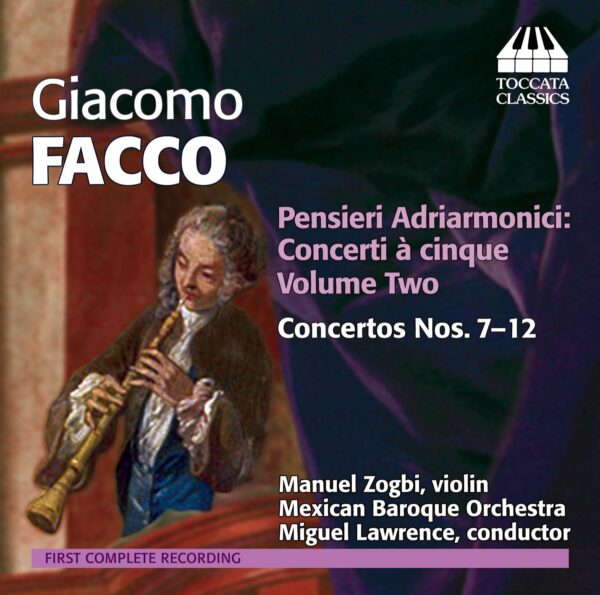
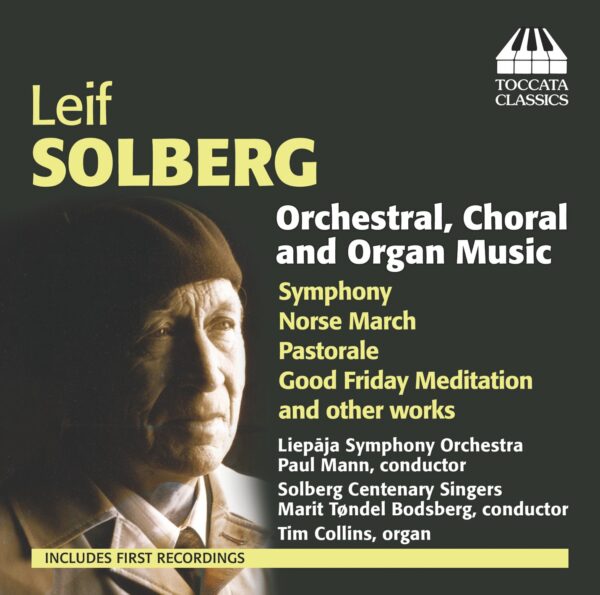
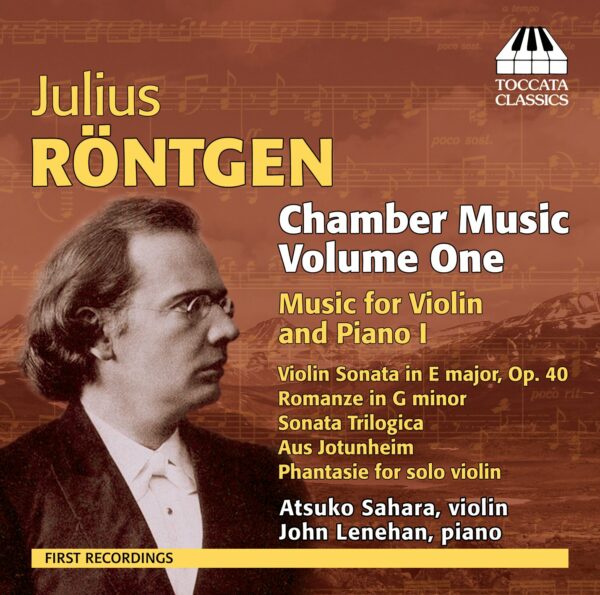
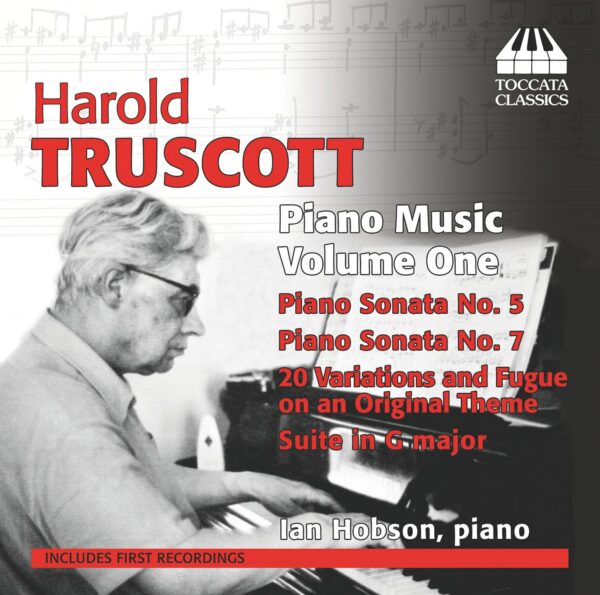
Brian Wilson :
“The Three Kings opens in languidly romantic manner but the music also encompasses the fierily epic – with the organ in what my wife likes to call ‘growly’ mode – in a language which is at all times dignified and direct. Lovers of Bach’s music will recognise Wie schön leuchtet der Morgenstern and other seasonal German music in the background of The Three Kings. Sverker Jullander, Professor of Musical Performance at Piteå School of Music, Luleå University of Technology, Sweden, performs on the organ of the Vasa Church, Gothenburg, built in 1909 by Eskil Lundén (1881–1945) and ideally suited to North European late-Romantic music. … I very much enjoyed hearing this music; this remains the only recording of two of the works and the only one currently available of the third but I can hardly imagine it being bettered.” –Music Web International, February 2016